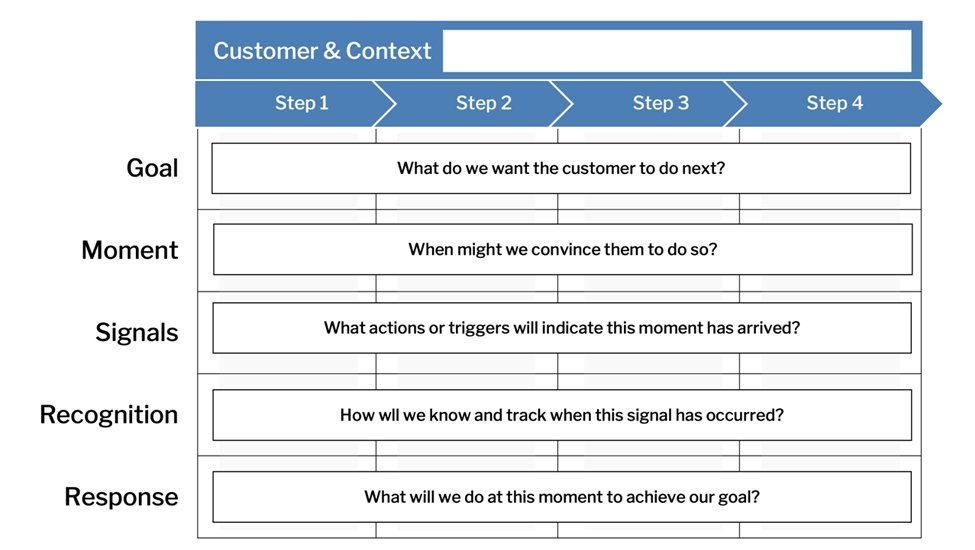
Communication Signals
Identify the moments when you would like to target your customer with relevant advertising.


Identify the moments when you would like to target your customer with relevant advertising.

Design the sequence and logic for your next automated marketing campaign.
This is a project from Kickframe – a digital marketing strategy consulting and training company.